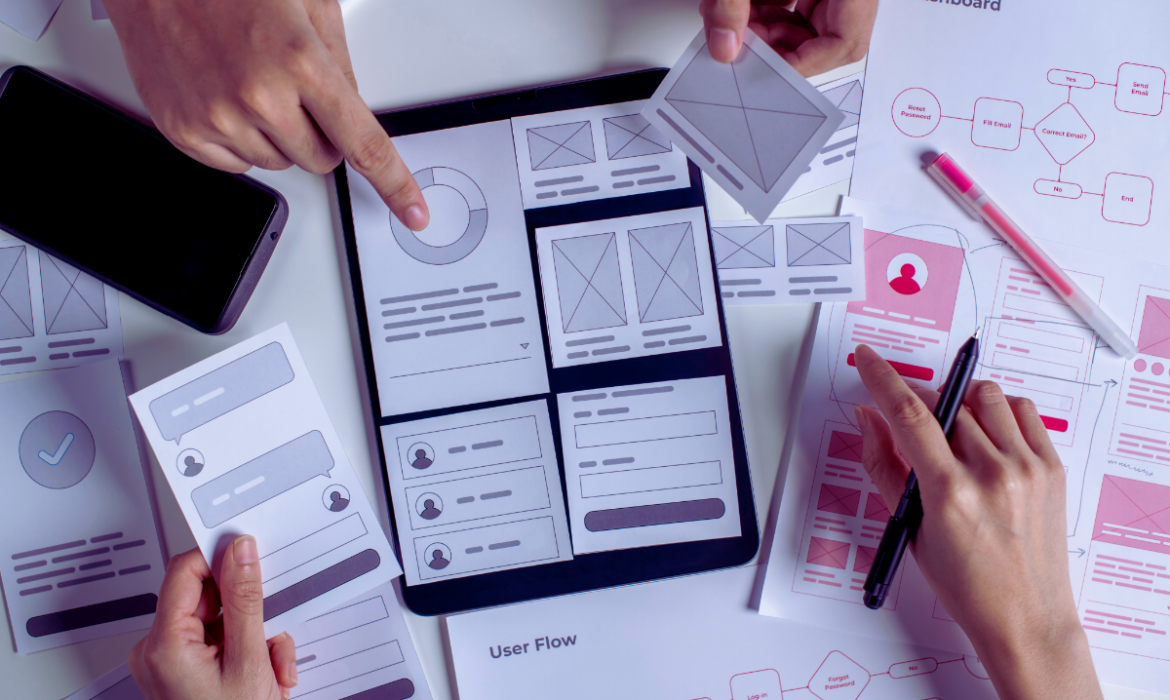
The impact of UX/UI design on customer conversion
UX/UI design is one of the most influential factors in a website’s conversion rate. UX/UI , which stands for “user experience” and “user interface,” has the power to transform the way visitors interact with your page. An intuitive, engaging, and user-friendly design can make users feel comfortable and motivated to take an action, such as signing up for a newsletter or purchasing a product.
Good UX/UI design is not just about aesthetics, but about creating a fluid experience that guides the user naturally throughout the site. Navigation should be simple, quick, and clear, which reduces frustration and improves user retention. Every interaction with the interface should be easy to understand, and buttons or links should be strategically placed to facilitate the desired actions.
Additionally, user experience is key to reducing bounce rates. Visitors who quickly find what they are looking for are more likely to stay on the site and explore further. An efficient design also ensures that the site is accessible from mobile devices, which is crucial in a world where most users browse via their phones.
One of the ways UX/UI design improves conversion is by optimizing calls to action. Buttons should be visible and stand out from the rest of the content, without being intrusive. Additionally, the design should be consistent with the brand, creating a visual identity that inspires trust and credibility.
Finally, performance optimization is another important facet of UX/UI design. A website that loads quickly and has low response times contributes to a better user experience, which, in turn, increases conversions. The combination of these elements creates a more efficient and satisfying online environment for the user.





